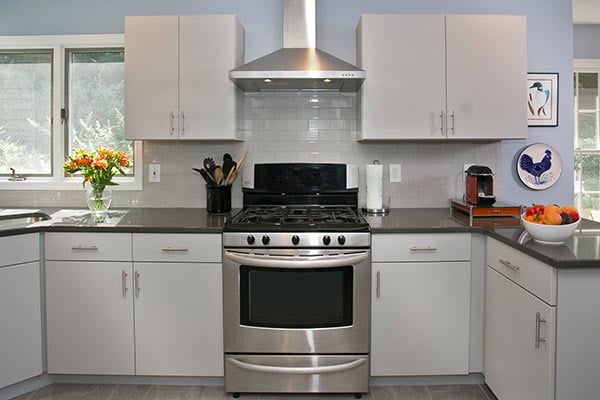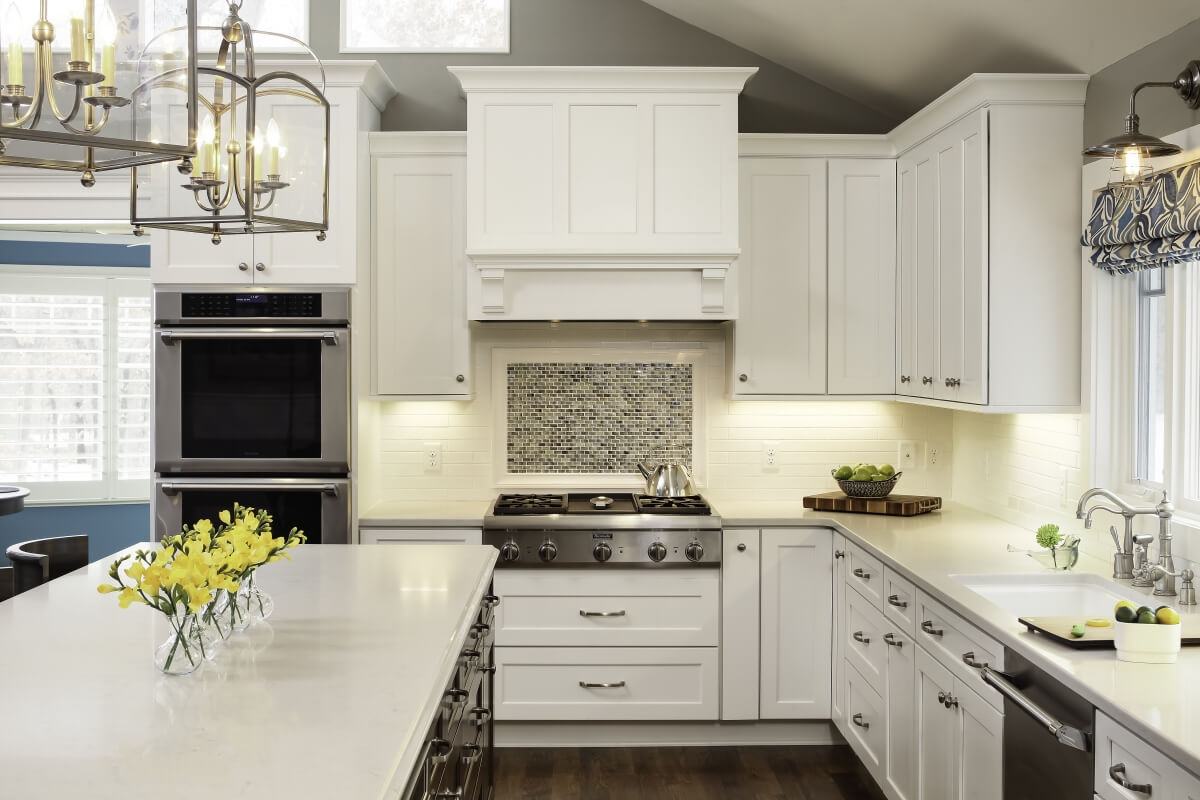
The kitchen hood eliminates fats, water vapor, and cooking smells; as a result, less soot builds up on walls and ceilings. You can choose from various devices, including those recessed or mounted on the wall. Here are six tips to help you make the right choice when looking for the right CopperSmith Vent Hoods.
Table of Contents
CopperSmith Vent Hoods: How to Choose a Vent Hood
1. Capture Area
The size of the area over which a stove hood captures cooking vapors is called its capture area, and it’s an essential factor to consider when choosing a model. To maximize the effectiveness of your range hood, measure to ensure that it is at least as wide as the broadest part of your cooking surface and up to six inches wider.
This allows the hood to control smoke and steam. To ensure that the ventilation system covers all burners below, it should be at least 24 inches deep. Proper width and depth allow adequate ventilation.
2. Mounting Height
It’s important to install your range hood at the right height so that it operates efficiently. Installing the exhaust hood too high will render it ineffective; installing it too low will make cooking impossible. Most range hood manufacturers recommend maintaining at least 24 to 36 inches of clearance between the stove and the range hood.
3. Hood Power
To choose a stove hood, you must figure out how many cubic feet of air it moves per minute (CFM)—the higher, the better. The fan or blower should be powerful enough to meet your cooking needs.
The blower you buy should have enough power to match the output of your cooking appliance. If you have a gas stove, calculate the number of cubic feet per minute (CFMs) needed to ventilate your kitchen by dividing its output by 100. Electric stoves have lower cubic foot per minute (CFM) requirements than gas.
4. Choose The Right Speed.
If you want your kitchen hood to provide good air exchange, you must choose a vacuum flow rate appropriate for your cooking style.
How? Measure the dimensions of your kitchen, then multiply that number by 10. A higher airflow speed is necessary for kitchens with open layouts or CopperSmith Vent Hoods over central islands. A powerful hood can operate at low speeds without making much noise or using too much energy.
5. Noise
When comparing the sound level of each hood, ask the seller to tell you how many decibels correspond with a given airflow.

If a noisy engine disturbs you (and your finances are in good order), some manufacturers offer hoods with the engine mounted on an exterior wall or in a separate attic space, which can help reduce noise.
6. Recycling or Ducting?
If you’re living in a house, and have the space for it, installing ducting that will send smoke outside is fine. The range hood’s powerful motor creates a better flow of air.
Recycling hoods are great for people who live in apartments. The unit is fitted with carbon filters which remove contaminants from the air before it leaves the system. This system is easy to install, but its filters require regular changing.
Summary
Range hoods are an important part of your kitchen ventilation system. They help remove cooking odors, smoke, and grease vapors from the air. They also protect you from potential hazards caused by the buildup of grease vapors, smoke, and odors. With a few tips above, you can shop smart for new CopperSmith Vent Hoods.
